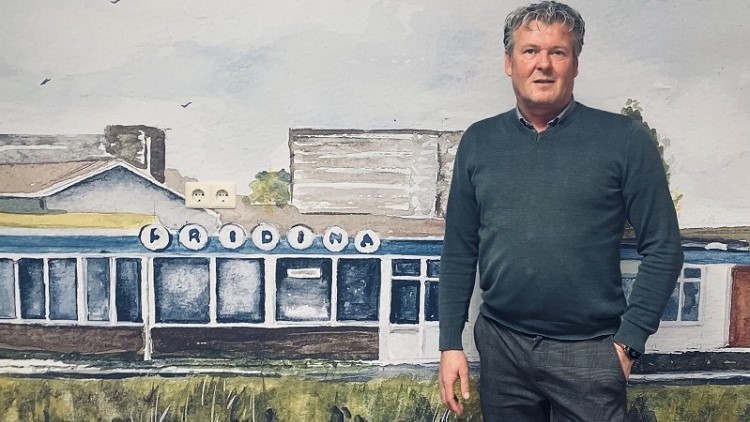Actualidad
Application of A. pullulans S-2 can inhibit the natural decay of tomato, while mantaining the quality parameters
Biological control of postharvest fruit diseases by antagonistic microorganisms is considered an effective alternative to chemical fungicides. The influence of microbial antagonists on the fruit-associated microbiome provides a new perspective for the in-depth study of the antagonistic mechanism. In this study, the biocontrol effect of A. pullulans S-2 against postharvest diseases of tomatoes was investigated. At the same time, the fungal and bacterial microbiota on tomato surfaces were investigated by high-throughput sequencing. The results showed that A. pullulans S-2 could inhibit the decay incidence, maintain fruit firmness and reduce weight loss of tomato. In addition, the treatment group could maintain higher titratable acidity, ascorbic acid and lycopene content than the
11 May, 2022
Redaccion
Biological control of postharvest fruit diseases by antagonistic microorganisms is considered an effective alternative to chemical fungicides. The influence of microbial antagonists on the fruit-associated microbiome provides a new perspective for the in-depth study of the antagonistic mechanism. In this study, the biocontrol effect of A. pullulans S-2 against postharvest diseases of tomatoes was investigated.?At the same time, the fungal and bacterial microbiota on tomato surfaces were investigated by high-throughput sequencing. The results showed that A. pullulans S-2 could inhibit the decay incidence, maintain fruit firmness and reduce weight loss of tomato. In addition, the treatment group could maintain higher titratable acidity, ascorbic acid and lycopene content than the control group. More dramatic changes in fungal diversity than in bacterial diversity were observed in the microbiota after the application of A. pullulans S-2. Aureobasidium was significantly enriched in the treatment group, while Cladosporium, Mycosphaerella, Alternaria and Penicillium decreased compared to the control group. Pantoea, Brevibacterium, Brachybacterium, Serratia, Glutamicibacter and Pseudomonas also showed significant differences between the two groups. This study shows that the application of A. pullulans S-2 leads to changes in the bacterial and fungal community that can inhibit plant pathogens and reduce the incidence of fruit diseases. It provides new insights into the dynamics of the surface microbiome of tomato after treatment with microbial antagonists. SourcesAureobasidium pullulans S-2 reduced the disease incidence of tomato by influencing the postharvest microbiome during storageYu Shi, Qiya Yang, Qianhua Zhao, Solairaj Dhanasekaran, Joseph Ahima, Xiaoyun Zhang, Siqi Zhou, Samir Droby & Hongyin ZhangPostharvest Biology and Technology,?Volume 185, March 2022, 111809https://www.sciencedirect.com/science/article/abs/pii/S0925521421003483#! PictureA. pullulans, Curiosidades de la microbiolog?ahttp://curiosidadesdelamicrobiologia.blogspot.com/2010/11/aureobasidium-pullulans-en-csi-las.html









